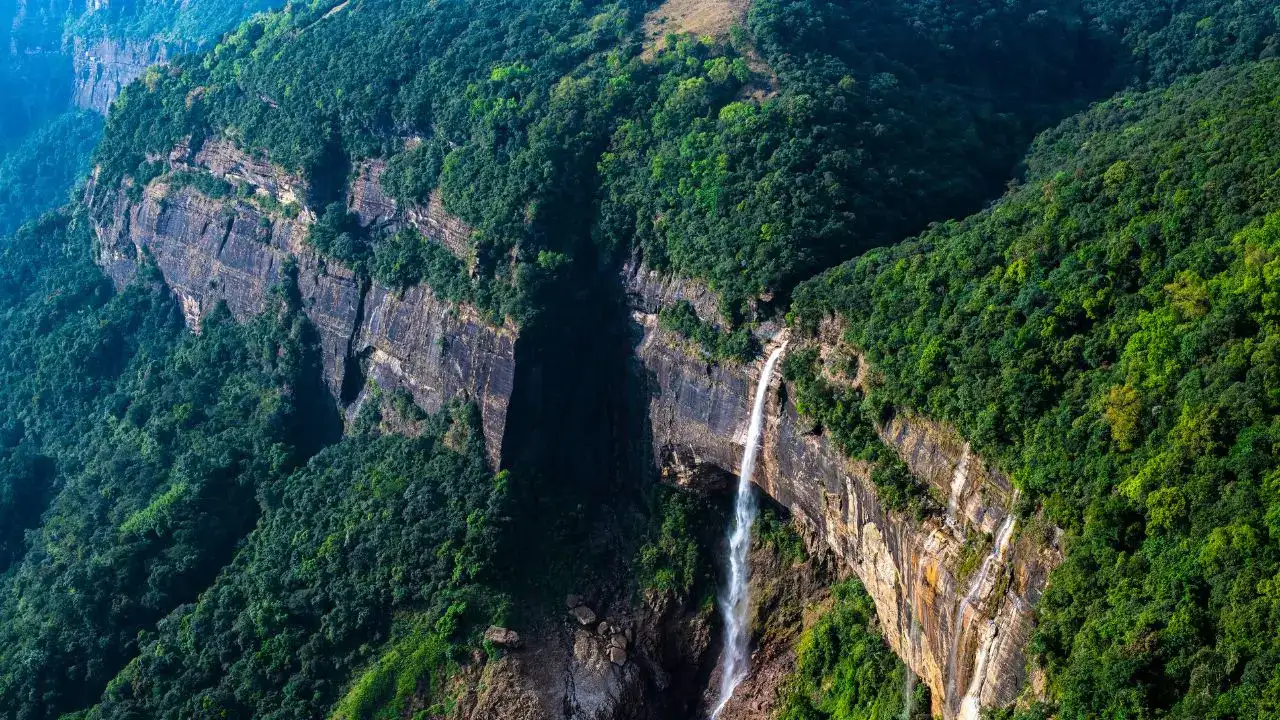By Akanksha Arora
India will soon be home to the world’s first rain museum. Popularly known as the wettest place on Earth, Mawsynram receives nearly 12,000 mm of rainfall annually. Located in the East Khasi Hills, this hill village offers some of the most unique travel experiences. With the coming of this museum, locals will be able to celebrate and educate tourists about the region’s distinctive relationship with rain. More About World’s First Rain MuseumWith an investment of ₹35 crore, Meghalaya is completely relying on the clouds. And why not? Mawsynram receives a good amount of rainfall every year, making it Earth’s official wettest place. Rain is more like a living force here that shapes everything from the architecture to the way people walk and dress. As per Meghalaya Tourism Minister Paul Lyngdoh, tenders are out and construction will begin once the current monsoon eases out. The main goal of this museum is to elevate Mawsynram as a niche global destination, with equal parts science and sensory exploration. The museum will feature some of the most interactive weather exhibits where visitors can learn about clouds and related physics. Additionally, live rain simulation zones will allow people to experience Mawsynram’s monsoon indoors. It will also include a meteorological research centre, featuring some of the most advanced monitoring tools and rain gauges. There may be collaborations with organisations like IMD and ISRO. Visitors can expect an immersive experience blending nature, science, and culture. Meanwhile, the rain museum comes as a part of a larger eco-tourism initiative, which is aimed at boosting tourism in the region. The bigger plan includes new roads, many more homestays and an eco-resort Mawmluh. With this, locals can expect many training and employment opportunities.
